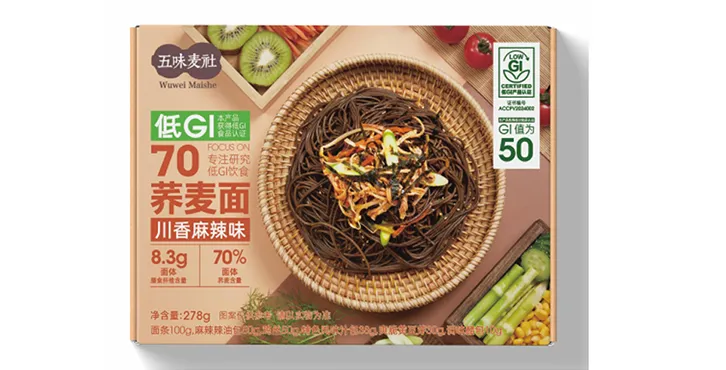Delicious Handmade Soba Noodles Freshly Crafted for Your Culinary Delight
The Delights of Fresh Soba Noodles
Soba noodles, a traditional Japanese dish made primarily from buckwheat flour, have been cherished for their unique flavor, nutritional benefits, and versatility. Among the various forms of soba, fresh soba noodles stand out for their delicate texture and unrivaled taste. In this article, we will explore what makes fresh soba noodles so special and how they can be incorporated into a variety of dishes.
What are Soba Noodles?
Soba noodles are characterized by their thin, long shape and a slightly nutty flavor, which comes from the use of buckwheat. Although they can be made from pure buckwheat flour, many recipes include a mixture of buckwheat and wheat flour, often comprising around 80% buckwheat. This not only enhances their flavor but also gives the noodles the elasticity required for proper cooking and texture.
Fresh soba noodles, unlike their dried counterparts, are made in small batches and are typically consumed within a few days of production. This freshness contributes to a softer texture and a more intense flavor profile. The process of making fresh soba is an artisanal skill, involving the careful mixing and kneading of the dough, followed by rolling and cutting into thin strands.
Nutritional Benefits
One of the most appealing aspects of soba noodles is their nutritional profile. Buckwheat is a powerhouse of nutrients, rich in protein, fiber, and various vitamins and minerals. It is also gluten-free, making soba an excellent choice for those with gluten sensitivities or celiac disease, especially when made from 100% buckwheat flour.
Additionally, soba noodles have a low glycemic index, providing a slower release of sugars into the bloodstream. This makes them a fantastic option for those managing blood sugar levels and for anyone looking for a hearty yet healthy meal.
fresh soba noodles

Culinary Versatility
Fresh soba noodles can be prepared in a multitude of ways, making them a beloved ingredient in Japanese cuisine and beyond. They can be served hot or cold, making them suitable for any season.
Cold Soba Noodles A popular summer dish, cold soba is typically served chilled with a dipping sauce known as tsuyu. The brightness of the dipping sauce, often made from soy sauce, mirin, and dashi, perfectly complements the nutty flavor of the noodles. Garnishes like chopped green onions, wasabi, and nori enhance the dish, making it refreshing and satisfying.
Hot Soba Soup In colder months, hot soba soup becomes a comforting staple. The noodles are cooked and served in a savory broth, often accompanied by toppings such as sliced scallions, tempura, and a soft-boiled egg. The warmth of the broth mingles with the earthy flavor of the buckwheat, creating a heartwarming meal.
Salads and Stir-fries Beyond traditional servings, fresh soba can be tossed with fresh vegetables in salads or stir-fried with proteins and sauces, showcasing its adaptability. The noodles absorb flavors well, making them an excellent vessel for various dressings and seasonings.
Conclusion
Fresh soba noodles encapsulate the essence of Japanese cuisine—simplicity, quality, and taste. Their unique texture and health benefits make them not just a delicious meal choice but also a nourishing one. Whether enjoyed cold with a tangy dip, in a hearty soup, or as part of a vibrant salad, fresh soba noodles offer a canvas for culinary creativity. So the next time you’re looking for something light yet satisfying, consider adding fresh soba noodles to your table. Embrace their versatility and enjoy the wholesome goodness they bring to your plate!
-
Unleash Your Inner Chef with Delectable Italian Pasta CreationsNewsAug.01,2025
-
Savor Health and Flavor: Irresistible Soba Noodles for Sale Await!NewsAug.01,2025
-
Nourish Your Body with Premium Organic Ramen - A Culinary Delight AwaitsNewsAug.01,2025
-
Elevate Your Dishes with Our Exquisite Kinds of Egg NoodlesNewsAug.01,2025
-
Dive into Flavorful Convenience with Our Ramen OfferingsNewsAug.01,2025
-
Discover Exquisite Types of Naengmyeon and Chilled Soba NoodlesNewsAug.01,2025
-
Is Whole Wheat Pasta Healthy?NewsMay.30,2025
Browse qua the following product new the we

















































































































